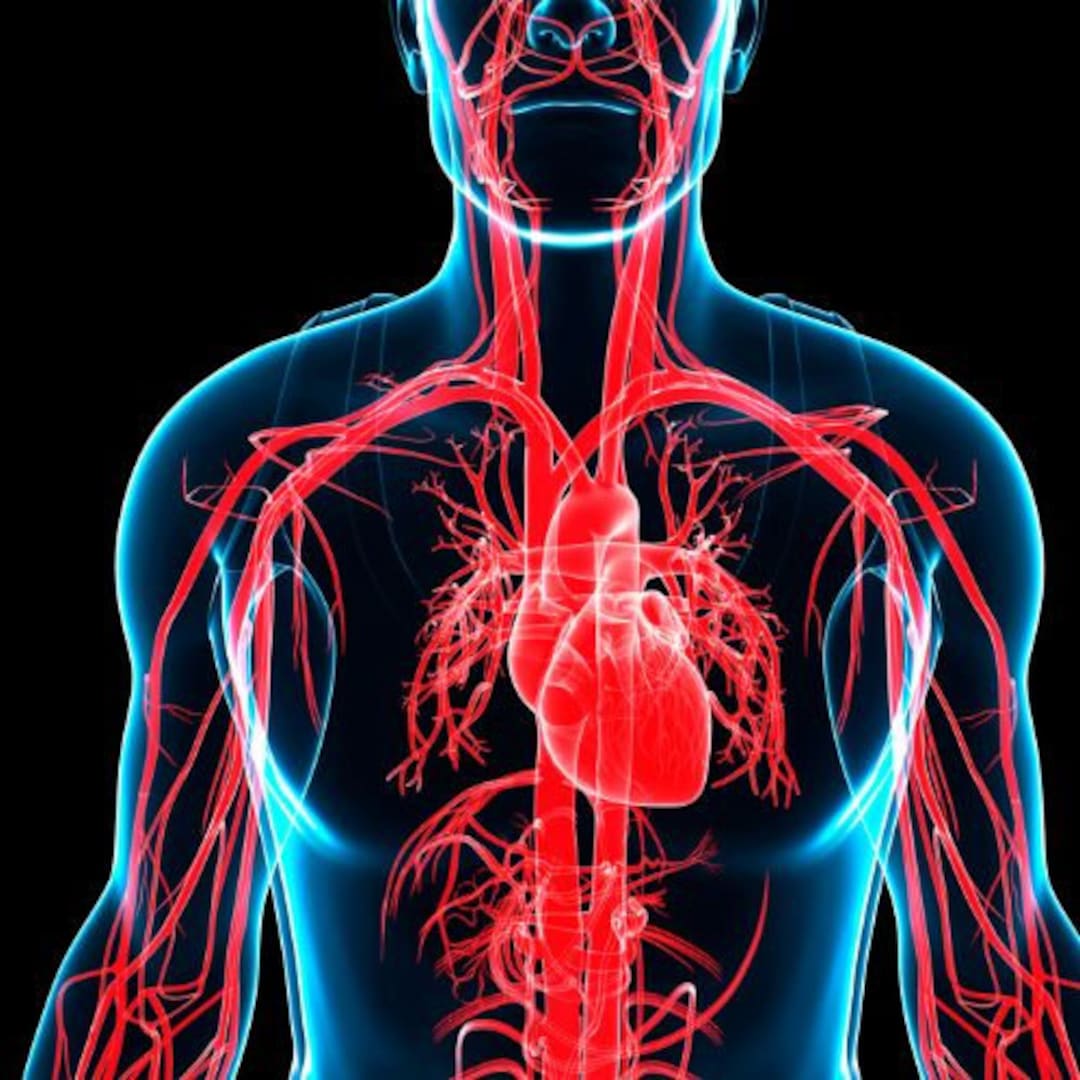What is the path of the circulatory system Biology Diagrams The circulatory system is a complex network that delivers oxygen, nutrients, and other essential substances throughout the body while removing waste products. This comprehensive diagram illustrates how blood flows through various organs and tissues, with red indicating oxygen-rich blood and blue showing oxygen-poor blood. The illustration demonstrates the intricate relationship between the

Blood flowing through the circulatory system transports nutrients, oxygen, and water to cells throughout the body. The journey might begin and end with the heart, but the blood vessels reach every vital spot along the way. These arteries, veins, and capillaries make for a vast network of pipes. 1. The Three Major Types of Blood Vessels: Arteries, Veins, and Capillaries Blood vessels flow blood The blood circulatory system (cardiovascular system) delivers nutrients and oxygen to all cells in the body. It consists of the heart and the blood vessels running through the entire body. The arteries carry blood away from the heart; the veins carry it back to the heart. The system of blood vessels resembles a tree: The "trunk" - the main artery (aorta) - branches into large arteries

Blood Circulation in Human Organs Biology Diagrams
Blood flow through the body delivers oxygen, nutrients, hormones, cells, products of defense mechanisms for wound healing, and platelets. The heart pumps these products to the organs, while the vessels transport them to and from the organs. Arteries perfuse the organs and veins drain the organs of waste products. The lymphatic system helps in draining excess tissue fluid to the bloodstream

The human circulatory system is a remarkable network that ensures the continuous flow of oxygen-rich and oxygen-depleted blood throughout our body. This intricate system, centered around the heart, plays a vital role in maintaining life by delivering essential nutrients and oxygen to every cell while removing waste products. The image illustrates the complex pathway of blood circulation

Blood Flow Through the Heart Biology Diagrams
The human circulatory system or cardiovascular system is a network responsible for transporting blood, oxygen, nutrients, hormones, and waste products throughout the body. It consists of the heart, blood vessels, and blood. This complex system ensures that every cell receives the resources needed for survival while removing metabolic waste products, maintaining homeostasis. This article maps the order of blood flow through the heart. It also describes problems that can affect blood flow when different parts of the circulatory system malfunction.

Understanding the steps of blood flow through the heart is key to comprehending how this organ supports our entire circulatory system. In this article, we'll walk through the 12 steps of blood flow through the heart, detailing each stage to give you a clear and easy-to-understand picture of this process. Your circulatory system, or cardiovascular system, supplies oxygen and nutrients to your whole body and removes waste through your blood. Your heart pumps blood that flows through your arteries, veins and capillaries. These blood vessels and your heart form your circulatory system. They work together to ensure your cells have what they need.
:max_bytes(150000):strip_icc()/blood_circulation-5b213ab3fa6bcc00361a8ac4.jpg)